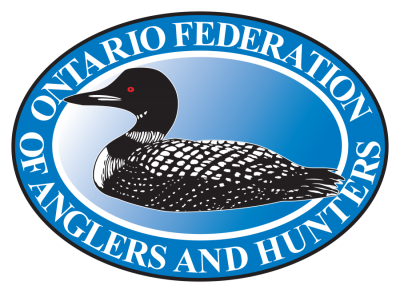Winning teams raise $ 5,000
The competition to find innovative solutions related to Asian carp (Asian Carp Innovative Solutions Competition) was developed as a platform that allows college, undergraduate and master’s students to present their original ideas and concepts that can be used for the prevention, control and / or elimination of Asian carp in the Great Lakes basin. Tat Smith, PhD, director and founding member of the Board of Directors for the Center for Invasive Species, acted as master of ceremonies and Nicholas Mandrak, PhD, delivered the keynote address. Fourteen teams from seven post-secondary educational institutions participated in the event held on March 5 at the University of Toronto in Scarborough. Teams were given ten minutes to present their ideas to a jury of six specialist judges from government, academia, industry and non-profit organizations, and an additional five minutes to answer questions from the judges. Judges were to base their decisions on the viability of the solution, the rationale for the design, the innovative nature, the economic implications and considerations, as well as the presentation techniques.
Thanks to generous sponsorships from the Ontario Federation of Anglers and Hunters (OFAH) and the Great Lakes Fishery Commission (GLFC), students competed for a grand prize of $ 3,000, a second prize of $ 1,500 and a third prize of $ 500.
The Sustainable Carp Poolers team, made up of Tarissa Holmes, Taylor Phillips, Shannon Farmer and Brandie Roberts of Sir Sandford Fleming College, took third place. Its solution provides for the use of mobile sonar communication to gather the carp and move them to places where they can be taken care of, easily eliminated and transformed into fertilizer and fish flakes. The team also proposed the implementation of an incentive program for fishermen to eliminate Asian carp from the lakes.
The CarpBusters team, made up of Michael MacLeod and Haein Huh, from the University of Waterloo, won second prize. Its solution provides for the biological control of Asian carps thanks to koi 3 carp herpesvirus, an extremely contagious virus which could target carp populations in particular. This team also proposed to implant a gene aimed at reducing the number of female carp to be born, which could contribute to population control.
Finally, the Operation: Carpaggedon team, made up of Jacob D’Onofrio, Mieke Hagesteijn, Jacob Stone and Tisha Tan, from the University of Toronto at Scarborough, won the grand prize for its solution to create a dioxide dioxide barrier. carbon in Chicago area waterways. This barrier would prevent Asian carps from moving upstream and reaching the Great Lakes. This was accompanied by plans to sequester and recycle carbon dioxide, and the implementation of buffer compounds to ensure that no damage was done to the environment.
The caliber of ideas and presentation techniques of the three teams before participating in the competition were simply exceptional. Dave Burden, Regional Director for the Central and Arctic Regions of Fisheries and Oceans Canada, made final remarks and presented the awards to the winning teams, along with representatives from the Great Lakes Fishery Commission and Ontario Federation of Anglers and Hunters, event sponsors.
Sponsored by:



